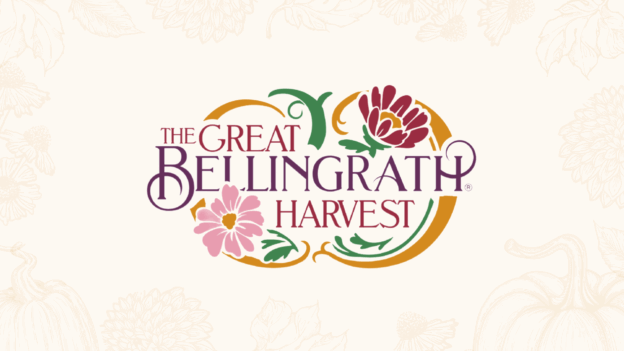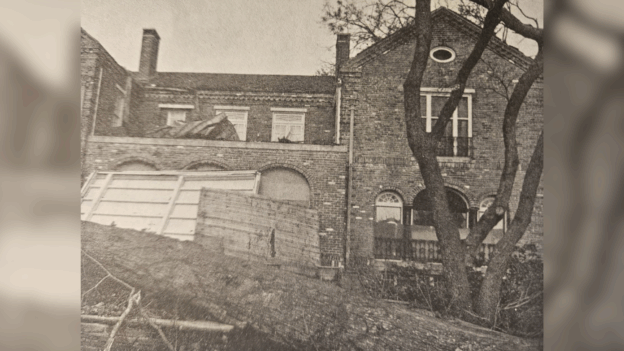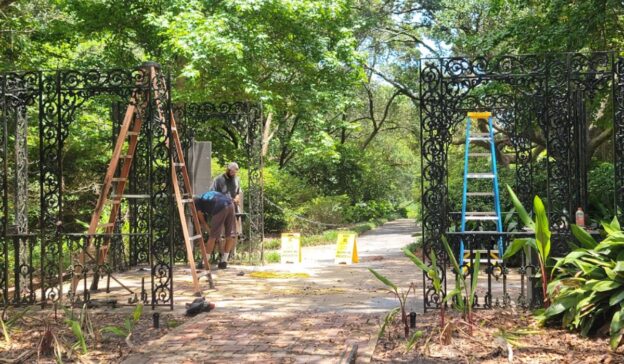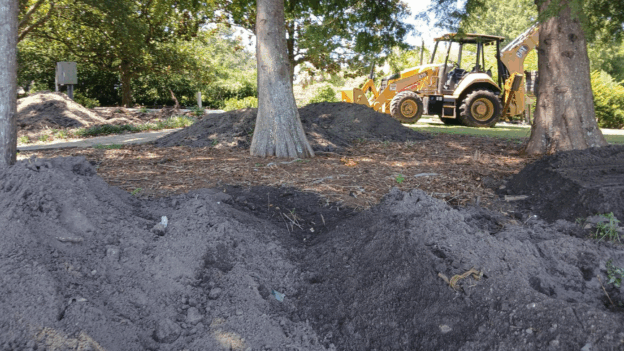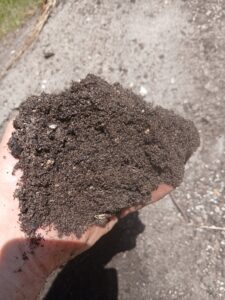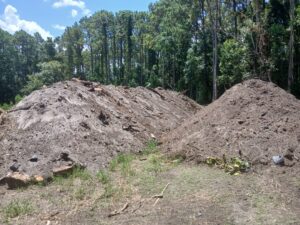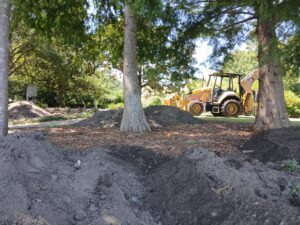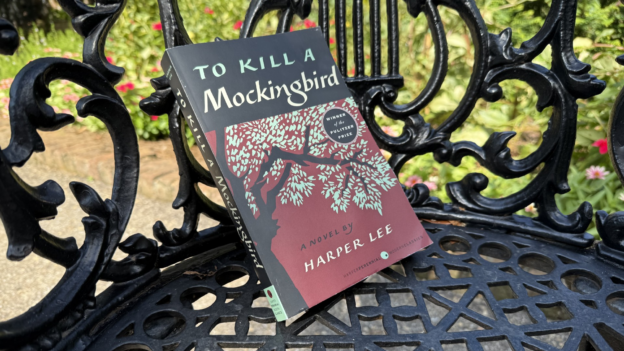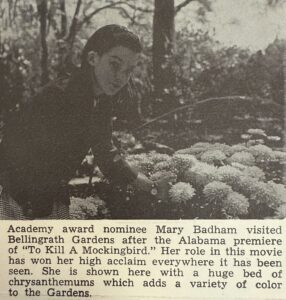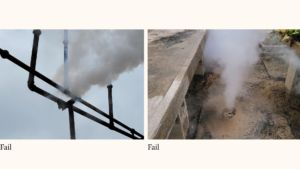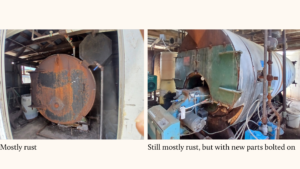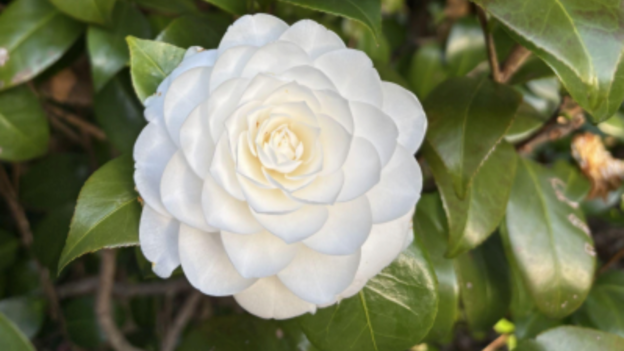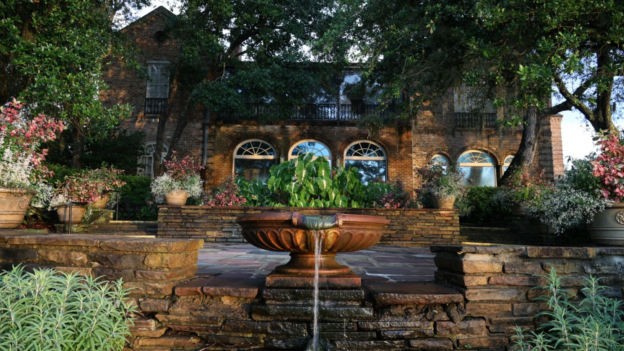Introduction
As winter draped Osaka and Kyoto in silence, the Camellia bloomed—quiet, resolute. In that
final chapter of my journey through Japan, it moved me to reflect on how a single flower could
so gracefully weave threads between distant cultures.
The precise dates of the introduction of various Camellia spp. outside of Asia remains a
mystery, however most Camellia experts generally agree that with increased trade between
European and Asian countries starting in the 16th century, species valued for their ornamental
properties, tea, or oil were distributed to European countries, and eventually to the Americas,
Africa, and Australia. In centuries since, thousands of cultivars (“cultivated varieties”) gained
prominent placement worldwide. Indeed, many countries have a centuries-old relationship with
the genus.
Gathering at an international Congress with representatives from dozens of countries, I learned
the different names for specific cultivars, the cultivation “rules of thumb,” and what breeding
objectives are the most valuable. The International Camellia Society’s biennial Congress is held
in various countries where Camellias are cultivated, and provides a platform for the
dissemination of information, and the celebration and admiration of the genus Camellia.
Osaka, Osaka Prefecture
After an adventurous visit to Oshima Island, we began the final leg of our journey in Osaka.
Famed for its ancient temples, we visited a number of those as well as a collection of botanical
art of Camellias. The Osaka Museum of Natural History houses this collection and showcases
four centuries of Camellia literature and its botanical art. The late Dr. Shinichiro Kishikawa, a
medical doctor with a passion for horticulture, compiled an extensive collection of documents
during his life, and the museum now proudly displays them. Thanks to Dr. Kishikawa’s
meticulous care in establishing this collection, the future of these historical documents is secure.
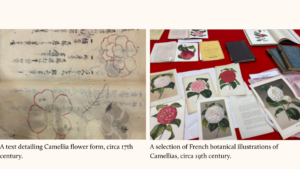
Following our insightful visit to the Kishikawa Camellia Collection at the Osaka Museum of
Natural History, we concluded the day by touring the Hattori Ryokuchi Arboretum. Camellias
adorned berms in sweeping arcs, echoing the splendor of Tsubaki Yama at Nonoichi Central
Park.To my surprise, I discovered two cultivars in the collection that originated in Mobile,
Alabama: ‘Sawada’s Dream’ and ‘Jackie Mann.’ Both are steeped in history. What makes these
cultivars especially meaningful is that ‘Sawada’s Dream’ was developed by Mr. Kosaku Sawada,
a Japanese nurseryman who emigrated to Mobile in the early 1900s. There, he founded
Overlook Nurseries, where he bred and sold plant material imported from Japan—most notably
Camellia japonica and C. sasanqua. ‘Sawada’s Dream’ is one of his signature varieties,
treasured for its perfectly imbricated formal double form. Its petals fade from white in the center
to blush towards the edges, giving the flower a delicate, porcelain-like quality, with a slight
translucence that enhances its beauty.
As for the other Mobilian cultivar, ‘Jackie Mann,’ Mr. J.M. Haynie developed this beauty near
Bellingrath Gardens and Home in Theodore, Alabama. Like ‘Sawada’s Dream,’ its form boasts a
stately, large to extra large formal double that effortlessly captures the gaze of any admirer.
Discovering these two cherished treasures from Mobile, Alabama, nestled here in Japan feels
truly remarkable, as it demonstrates the enduring bond between the two countries.
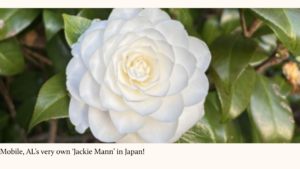
Kyoto, Kyoto Prefecture
After a restful night at the Karasuma Kyoto Hotel, we set out to explore several temples,
beginning with Higashiyama Jishō-ji (慈照寺), the “Temple of Shining Mercy.” At the heart of its
tranquil grounds lies an intriguing sand sculpture: a tall cone rising from a field of meticulously
raked white sand. This feature, pictured below, is called a kogetsudai, or “moon-viewing
platform.” It symbolizes the tranquility and power of Mt. Fuji and is said to reflect the moonlight,
evoking the mountain as a gateway between Earth and the heavens. Nearby sits the ginshadan,
or “sea of silver sand,” with rippling patterns that complement the kogetsudai much like Suruga
and Sagami Bays magnify the majesty of Mt. Fuji.

Later that day we visited Reikanji Temple. Renowned locally as the “Camellia Temple” due to its
richness of Camellias, the site prominently features the Nikko Camellia, a type favored by
Emperor Gomizunoo, who founded the temple during his 17th-century reign. The Nikko
Camellia is characterized by kara flowers, which have small petal-like stamens arranged in a
circle (not to be confused with Higo Camellias). Other cultivars represented in the temple are
‘Shirobotan,’ ‘Yako,’ ‘Maizuru,’ ‘Kinugasa,’ and ‘Shiratama,’ all originating from Kyoto.

The next day we took a trip to Kyoto Botanical Garden. In its nearly one hundred year history,
the garden has endured many significant challenges, most notably being slated for a housing
development in the 1940s. However, with the efforts of dedicated local citizens, the garden was
returned to its original glory in the 1960s. Since then, the garden has amassed some 12,000
plant taxa across a wide range of genera, showcasing a highly varied palette that includes
European-style and sunken gardens, as well as impressive collections of bonsai, Hydrangeas,
Camellias, and Irises.
Among the Camellia collection, I found ‘Hikaru-genji’—known as ‘Hermes’ in the
U.S.—especially intriguing. Named after the luminous protagonist Genji from Lady Murasaki
Shikibu’s 11th-century classic The Tale of Genji, the cultivar perfectly embodies his refined
brilliance.
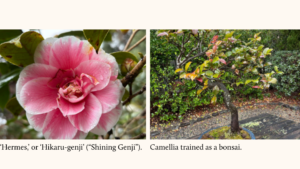
As the International Camellia Society Congress came to a close, we gathered for a farewell
celebration where a magician’s illusions danced before our eyes. Much like the journey itself,
the performance left us spellbound and filled with wonder once again. As the evening faded, a
toast was raised to the Camellia, honoring its enduring beauty and quiet power to unite across
cultural boundaries.
Visit and Connect with Us

